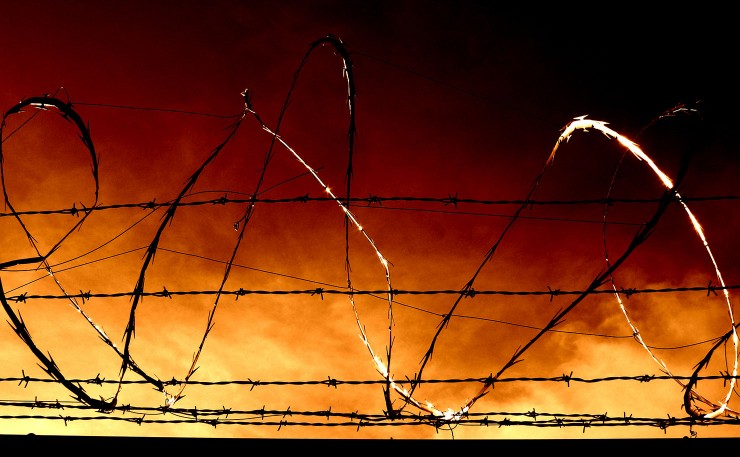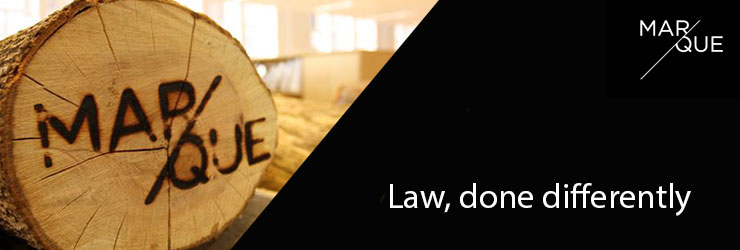Crime rates are dropping, but jailing rates – particularly of Aboriginal and Torres Strait Islander people – are sky-rocketing. A new approach is needed, and already well known writes Professor Tom Calma.
The Australian Law Reform Commission’s Pathways to Justice report tabled last week is one of a long line to address the overrepresentation of Aboriginal and Torres Strait Islander people in prison, and not the first to point to justice reinvestment as a solution.
Almost 10 years ago, in my role as Aboriginal and Torres Strait Islander Social Justice Commissioner I first promoted the concept of justice reinvestment. At that time, the idea was already gaining popularity in the US. Today, 31 states in the US have reformed their corrections and sentencing policies to reprioritise taxpayer dollars and eight prisons have closed in Texas in the past six years.
Savings generated by reducing imprisonment go towards alternatives to incarceration for low-level offenders that are effective in reducing reoffending. Crime rates have continued their downward trend and billions of dollars are expected to be saved.
Crime rates in Australia are decreasing too – but imprisonment is increasing. In NSW, between 2011 and 2015, the number of crimes trended down in the majority of crime categories while the adult prison population increased by approximately 30 per cent. During the same period in NSW, arrests of Aboriginal and Torres Strait Islander people for violent offences dropped by 37 per cent, and for property crime by 33 per cent, while the rate of Aboriginal and Torres Strait Islander imprisonment rose by 40 per cent.
There’s a reason why justice reinvestment has gained support across the US, the UK and now Australia. And the reason is – it’s common sense. The ongoing and increasing expenditure of public resources on imprisonment for low-level offenders is a bad investment in social, health and economic terms. Returning low-level offenders from prison to socially and economically disadvantaged communities where there is inadequate housing, low levels of participation in schooling, few training or employment opportunities, limited or no drug and alcohol rehabilitation services, doesn’t make sense. We are setting people – and communities – up to fail.
What does make sense is reprioritising where our money is spent. It needs to be moved away from building new prisons and into early intervention and crime prevention to reduce the number of people being locked up in the first place.
What does make sense is reprioritising spending to invest in the services needed in those communities which have high rates of offending, so that offending decreases and as a result, public safety increases.
This is the public policy challenge facing our governments and communities – churning large numbers of people through our prisons (and the criminal justice system as a whole) and back into the community actually decreases public safety and amenity.
Locking people up may look like the solution but it is simply a recipe for further disadvantage, inequality and public disorder. In fact, statistics indicate that more than half of the prisoners released are back inside prison within two years of release.
There is an urgent need to try evidence-informed and innovative approaches to reduce Indigenous incarceration which incorporate the elements we know to be critical for success.
We know that initiatives aimed at creating long-term positive change for Aboriginal and Torres Strait Islander communities must be community-led. We know that data is essential for identifying the causes of offending and for monitoring the effectiveness of programs in reducing offending. And we know that some communities produce higher numbers of offenders than others and that the availability of services and supports in communities will impact on offending rates, so focusing on the ‘place’ is important.
Justice reinvestment not only makes sense financially, it also incorporates those elements we know to be critical for success – its community-led, data driven and place-based.
The Maranguka Justice Reinvestment Project in Bourke is the most advanced justice reinvestment initiative in the country, but there are a number of other communities and governments across Australia in the early stages of similar projects, including Port Adelaide, the ACT, Katherine and Cherbourg.
A national body is needed to support these important initiatives and to drive the implementation of Justice Reinvestment policies in line with the body proposed by the Australian Law Reform Commission.
The time for multi-partisan support for justice reinvestment is now.
Donate To New Matilda
New Matilda is a small, independent media outlet. We survive through reader contributions, and never losing a lawsuit. If you got something from this article, giving something back helps us to continue speaking truth to power. Every little bit counts.





